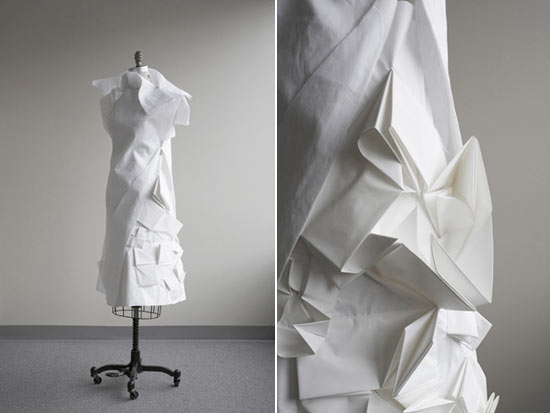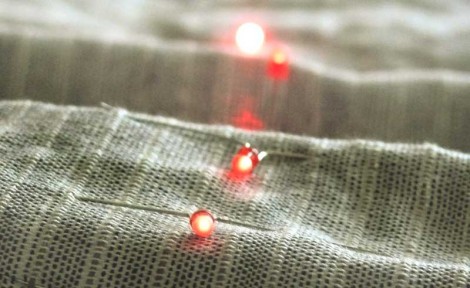Fashion designer Cait Reas of 1of1 Studio and digital artist, C.E.B. Reas collaborated on a set of beautifully patterned one-of-a-kind garments. 1of1 Studio is an "independent design studio that synthesizes fashion and art into one-of-a-kind apparel, made to order in Los Angeles. Each piece results from a collaboration between a commissioned artist and fashion designer Cait Reas."
Although the garments are not interactive, the technology used to generate the textiles was. With Ben Fry, Los Angeles-based C.E.B. Reas intitiated processing.org, which is an open source programming language that is used to create algorithmic patterns, images, and interactions. Reas used this language to programmatically generate a series of gorgeous patterns that were then printed on the fabric used for each garment. The result is a beautiful collision of technology and fashion.
.






